Basic Differences Between Matcha and Sencha
“What’s the difference between matcha and sencha, since both are green tea?” Many people probably have this question. These two tea leaves that represent Japanese tea culture actually have many differences, from production methods to nutritional value.
Matcha is powdered tea leaves ground with a stone mill, allowing you to consume the tea leaves themselves. Sencha, on the other hand, is typically consumed by steeping the tea leaves in hot water to extract the components. This fundamental difference greatly affects flavor and nutritional value.
Differences in Cultivation and Production Methods
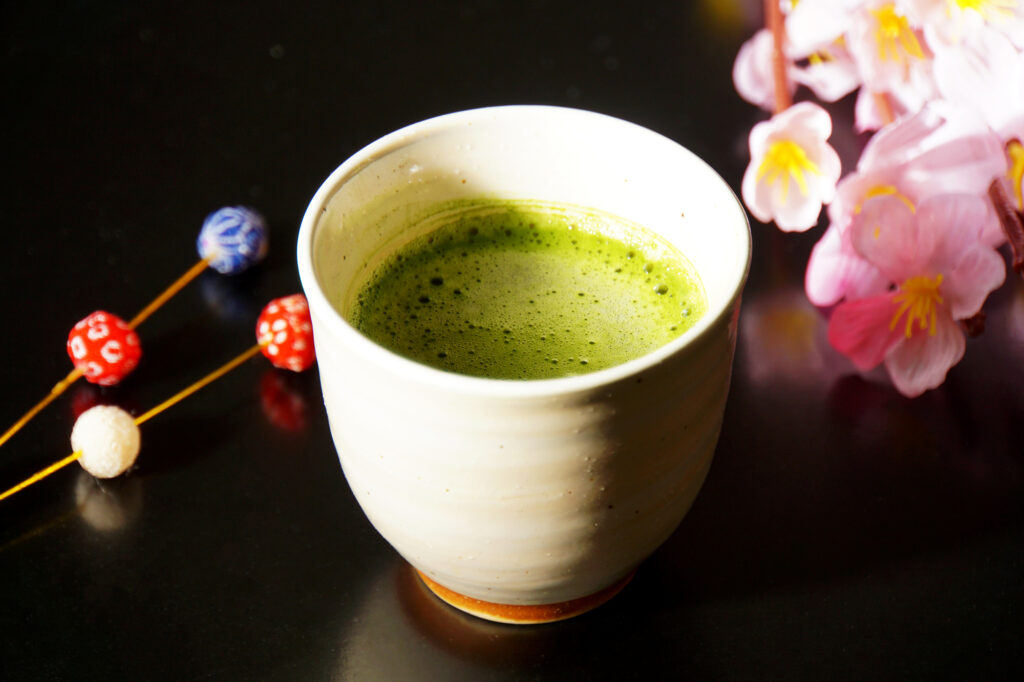
The tea leaves used for matcha (tencha) are grown using a special method called “oishita saibai” (shade cultivation), where sunlight is blocked for about three weeks before harvest. This cultivation method suppresses the production of catechins, which cause astringency, and increases theanine and amino acids, which create umami flavor.
The post-harvest processes also differ:
Matcha: After steaming, the leaves are dried, stems and veins are removed from the “tencha,” and then it is ground into a fine powder with a stone mill. Sencha: After steaming, the leaves undergo a process called “junen” (kneading), where they are rolled and shaped before drying.
According to data from the National Institute of Health and Nutrition, this difference in production methods results in matcha containing about 2-3 times the amount of catechins found in sencha.
Comparison of Nutritional Value and Health Benefits
When comparing the nutritional components of matcha and sencha, the difference is obvious. Since matcha involves consuming the entire tea leaf, the intake of nutrients is overwhelmingly higher compared to sencha.
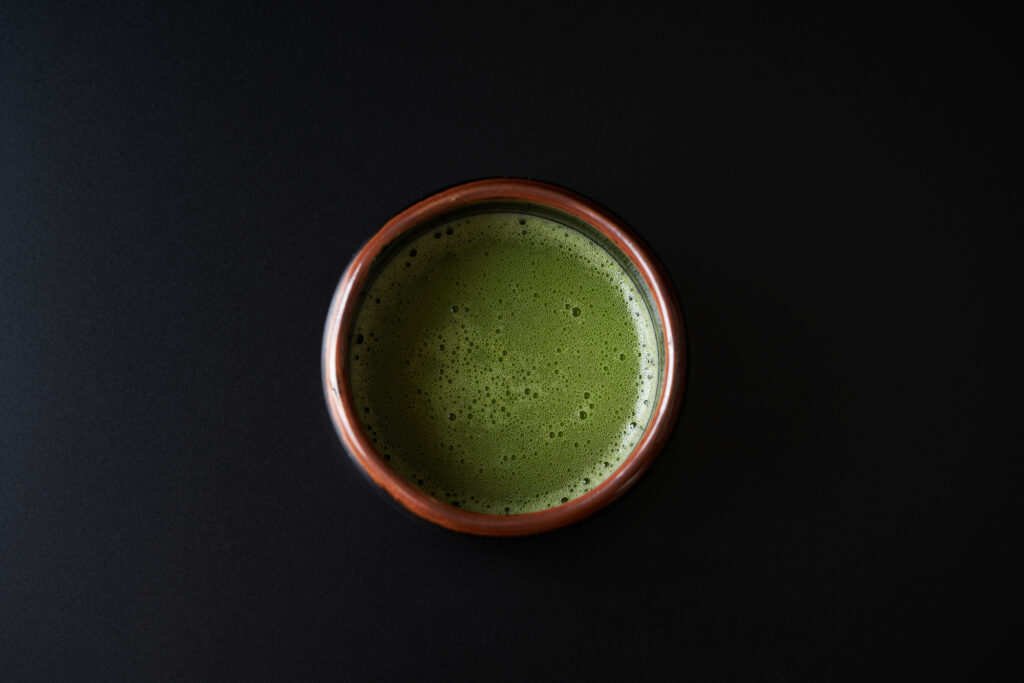
Catechins: Matcha contains about 3 times that of sencha L-theanine: Matcha contains about 5 times that of sencha Dietary fiber: Present in matcha, but not obtained when drinking sencha Vitamin E: Matcha contains about 10 times that of sencha
Research from Kyoto Prefectural University (2018) revealed that matcha contains about 2.5 times the amount of EGCG, a powerful antioxidant, compared to what is extracted from sencha. This is the secret behind matcha’s powerful antioxidant effects and one reason it has gained attention in recent health trends.
For incorporating into daily life, it’s recommended to enjoy sencha as an easily accessible beverage and matcha as a special-time ingredient or for cooking and sweets, taking advantage of its high nutritional value.
Basic Characteristics and Historical Background of Matcha and Sencha
The Two Giants of Japanese Tea Culture: Matcha and Sencha
In the world of Japanese tea, matcha and sencha are known as two major tea varieties with different histories and characteristics. Understanding their differences allows you to appreciate their charm more deeply.
Matcha originated from the “tencha method” brought to Japan from China by Zen monk Eisai in the 12th century. Initially, it spread among monks as a medicine, but during the Muromachi period, it was refined among warriors and nobles as the center of the tea ceremony. Sencha, on the other hand, is a relatively new tea culture that spread among common people in the middle of the Edo period. It is said to have been developed by Nagatani Soen in 1738, who applied methods learned from China.
Decisive Differences in Cultivation Methods and Production
The biggest difference in characteristics between matcha and sencha lies in the cultivation method. The tea leaves for matcha (tencha) undergo “shade cultivation” (oishita saibai), where sunlight is blocked for about three weeks before harvest. This process suppresses astringent components and increases theanine and amino acids, which create umami flavor. Sencha, meanwhile, grows in sunlight, resulting in rich catechins and a refreshing taste.
There are also major differences in production methods:
- Matcha: Tea leaves with stems and veins removed (“tencha”) are finely ground into powder with a stone mill
- Sencha: Steamed tea leaves are kneaded, dried, and then shaped
Due to these differences in production methods, matcha involves consuming the tea leaves themselves, while sencha involves drinking the extracted components from the tea leaves, creating a fundamental difference in how they are consumed.
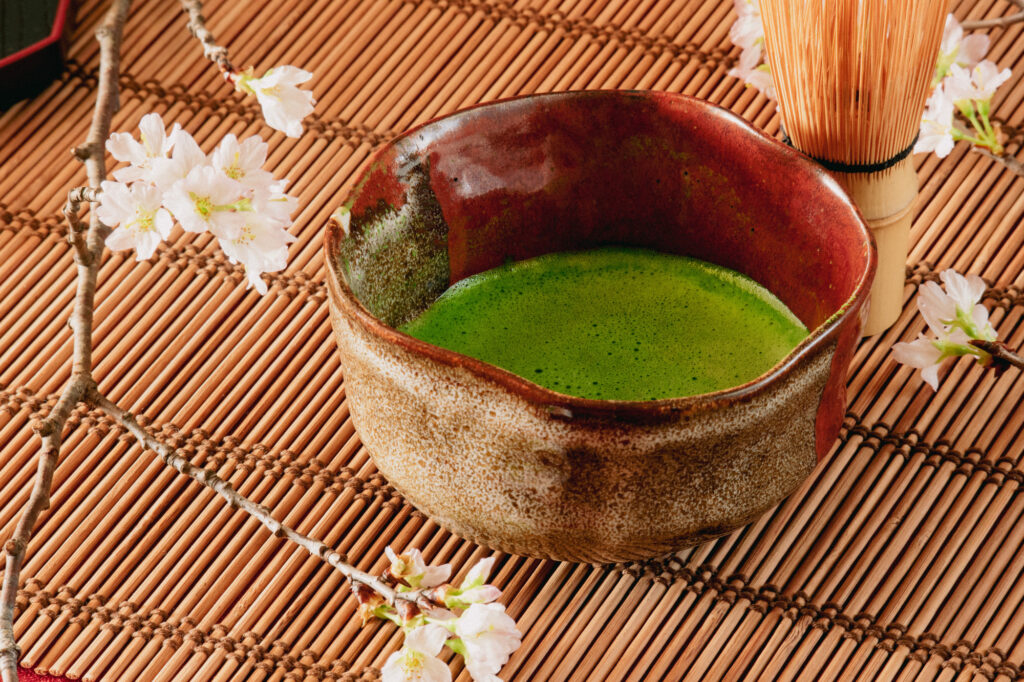
In traditional Japanese tea ceremony, matcha is used and is associated with the spirit of “ichigo ichie” (one time, one meeting) and the aesthetic sense of “wabi-sabi.” Sencha, in contrast, developed alongside common culture as a tea to be casually enjoyed daily, becoming the green tea most closely connected to modern Japanese life.
These historical backgrounds and differences in characteristics give each tea leaf its unique charm and purpose.
Differences in Manufacturing Process: Comparison from Cultivation Method to Finishing
Fundamental Differences in Cultivation Methods of Matcha and Sencha
The most notable difference between matcha and sencha begins before the tea leaves are picked. Tea leaves for matcha (tencha) are grown using a special method called “shade cultivation” (oishita saibai), where sunlight is blocked for about three weeks before harvest. In this process, the tea fields are covered with straw or black cloth, cutting off about 80% of sunlight.
When sunlight is blocked, the tea leaves promote the production of amino acids (especially theanine) and suppress the production of catechins (astringent components). This increases the sweetness and umami unique to matcha and suppresses astringency. In contrast, sencha is typically grown in “open cultivation,” where it receives sunlight.
Comparison of Processes from Harvest to Product
There are also major differences in the post-harvest processes. Let’s compare them in the following table:
| Process | Matcha | Sencha |
|---|---|---|
| Steaming | Steamed immediately after harvest to prevent oxidation | Similarly steamed to prevent oxidation |
| Drying/Shaping | Stems and leaf veins removed, dried flat (becomes tencha) | Shaped into needle form through the kneading (junen) process |
| Finishing | Ground into fine powder with a stone mill | Dried as is (maintains leaf shape) |
| Final Form | Green fine powder (particle size 5-10μm) | Dried tea leaves |
Particularly noteworthy is the final process for matcha. When grinding tencha into powder with a stone mill, it is ground at a very slow pace of only 30-40g per hour to avoid generating heat. This is extremely important for preserving flavor and nutrients.
Characteristics Resulting from Differences in Production Methods
These differences in manufacturing processes greatly affect the characteristics of matcha and sencha. According to a survey by the Ministry of Agriculture, Forestry and Fisheries, tea leaves grown under shade cultivation can have up to 5 times higher theanine content compared to open-cultivated tea leaves.

Additionally, since matcha involves consuming the tea leaves themselves, it allows for intake of about 10 times the nutrients compared to sencha. Research from Kyoto Prefectural University (2018) has also shown that the absorption rate of EGCG (epigallocatechin gallate) in matcha is about 2.5 times that of sencha.
Thus, despite being made from the same tea plant, matcha and sencha become tea leaves with completely different characteristics due to differences in cultivation methods and manufacturing processes.
Comprehensive Comparison of Nutritional Components: Content of Catechins, Theanine, and Vitamins
Differences in Nutrient Content Between Matcha and Sencha
The most notable difference between matcha and sencha lies in their nutrient content. Since matcha involves consuming the tea leaves themselves, it allows for intake of nutrients in their entirety compared to sencha. According to data from the National Institute of Health and Nutrition, matcha contains about 3 times the nutrients of sencha.
Catechin Content
Catechins are the main antioxidants in green tea and the central components of its health effects.
- Matcha: About 6,000mg per 100g (consuming the entire tea leaf)
- Sencha: About 150mg per 100ml (consuming only the infused liquid)
“Epigallocatechin gallate (EGCG)” in particular is abundant in matcha. Research from Kyoto Prefectural University has confirmed that EGCG in matcha is about 3 times that of sencha. This is because the shade cultivation in matcha’s production method promotes catechin production.
L-Theanine Content
L-theanine is an amino acid that provides relaxation effects and contributes to improved concentration.
- Matcha: About 2,000mg per 100g
- Sencha: About 20mg per 100ml
Matcha promotes L-theanine production through shade cultivation and contains about 5 times the L-theanine of sencha. This is why drinking matcha provides the unique effect of “being alert while relaxed.”
Vitamin and Mineral Content
| Nutrient | Matcha (100g) | Sencha (100ml) |
|---|---|---|
| Vitamin C | 60mg | 6mg |
| Vitamin E | 28mg | 0.1mg |
| Beta-carotene | 20mg | 0.1mg |
| Calcium | 400mg | 3mg |
| Iron | 17mg | 0.1mg |
According to a survey by the Ministry of Agriculture, Forestry and Fisheries, a major difference between matcha and sencha is that matcha allows for balanced intake of water-soluble and fat-soluble nutrients since the entire tea leaf is consumed. Fat-soluble vitamins such as Vitamin E and beta-carotene, in particular, hardly dissolve in sencha’s infused liquid, making matcha the only effective way to consume them.

These differences in nutrients shape the distinctive health benefits of matcha and sencha. For matcha enthusiasts, this high nutritional value is one of its major attractions.
Differences in Flavor and Color Between Matcha and Sencha: How Professionals Distinguish Them
Visual and Taste Characteristics to Distinguish Matcha and Sencha
Matcha and sencha have clear differences in appearance and taste. If you know the points that professional tea masters focus on, you too can easily tell them apart.
First, let’s focus on the difference in color. High-quality matcha has a bright jade green color. This is due to the covered cultivation method that shields tea leaves from sunlight, resulting in rich chlorophyll content. Sencha, on the other hand, has a wide range of colors from yellowish-green to deep green, with the color varying depending on the production region and harvest time.
Key Points for Identifying Aroma and Flavor
In terms of aroma, matcha is characterized by a “sweet scent” and “umami aroma.” The higher the quality of matcha, the more complex the aroma, reminiscent of young grass or nori seaweed. According to a tea master from “Shofuen,” a long-established tea shop in Uji City, Kyoto, high-quality matcha has a long-lasting aroma that lingers in the nose.
In contrast, sencha features a refreshing grass aroma and light astringency. According to a survey by the Ministry of Agriculture, Forestry and Fisheries (2020), “refreshingness” was most highly rated at 78% as the aroma characteristic that Japanese people seek in sencha.
Differences in Mouthfeel and Aftertaste
The difference when held in the mouth is also significant. Since matcha involves drinking powdered tea leaves as is, it has a unique texture where fine particles can be felt on the tongue. It also has strong umami, is characterized by a balance of sweetness and bitterness, and leaves a long aftertaste.
Since sencha involves drinking extracted components from tea leaves, it features a clear mouthfeel and refreshing astringency. According to documents from the Japan Tea Instructor Association, the elements that make up sencha’s flavor are analyzed as “25% astringency, 15% umami, 20% sweetness, and 40% aroma.”
In this way, despite being made from the same tea leaves, matcha and sencha have developed as completely different beverages with distinct flavors and colors due to differences in production methods. Understanding their respective characteristics will broaden your selection of Japanese tea based on the occasion and preference.
ピックアップ記事
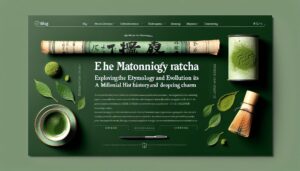
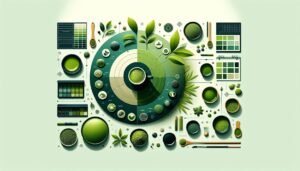



Comments